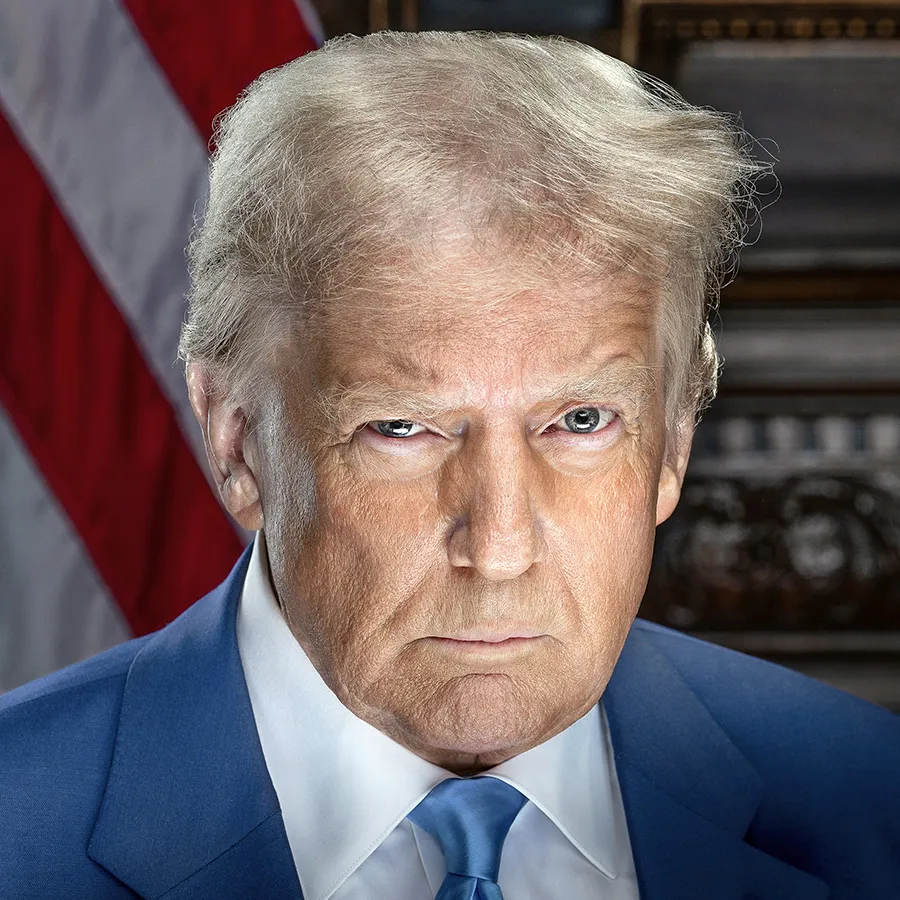Trump Pledges to End War as Ukraine’s Precision Strikes Diminish Russia’s Strength

As President Donald Trump launched a 100-day effort to end the ongoing war in Ukraine, Ukraine’s long-range weaponry was severely impacting Russia’s war infrastructure, targeting crucial facilities such as oil depots, ammunition storage, and military factories. These strikes were weakening Russia’s ability to continue its offensive, hitting vital supply lines that had supported the Russian war machine.
In his inaugural address on Monday, Trump outlined his administration’s approach to foreign policy, emphasizing that success should not only be gauged by military victories but also by the wars that are brought to an end. He emphasized, “Success will be measured not just by the battles that we win, but also by the wars that we end and perhaps most importantly, the wars we never get into.” This comment seemed to reflect his ongoing criticism of former President Joe Biden’s handling of the Ukraine conflict, arguing that the Biden administration had failed to prevent the war and allowed it to escalate. Trump reiterated his long-standing position that his goal was to end the war in Ukraine quickly and effectively.
To achieve this, Trump has tasked his special envoy, retired US General Keith Kellog, with a 100-day challenge to secure a ceasefire between Russia and Ukraine. The challenge is ambitious, aiming to bring a swift resolution to the conflict through diplomacy and pressure on Moscow to halt its military operations. Trump’s push for a rapid resolution aligns with his foreign policy philosophy of focusing on diplomacy to avoid protracted military engagements.
Meanwhile, Russian President Vladimir Putin responded to Trump’s inauguration by holding an extraordinary National Security Council meeting on the same day. Putin reiterated his openness to negotiations and emphasized that any potential solution to the war should address the underlying causes, which he attributed largely to NATO’s eastward expansion. Putin’s comments reflected Russia’s willingness to explore diplomatic solutions, provided that NATO’s growing influence in Eastern Europe was dealt with in any future settlement.
Sergei Ryabkov, Russia’s Deputy Foreign Minister, echoed these sentiments, suggesting that there was now a glimmer of opportunity for resolution under Trump’s leadership. “Compared to the pessimism under the previous US president, today, there is a small chance of opportunities,” Ryabkov stated during an academic event in Moscow. His comments indicated that, in contrast to the past administration, there was now a possibility for dialogue with the new US leadership.
Trump’s stance on the Ukraine conflict also included strong economic measures. On Wednesday, he issued a direct warning to Russia, threatening to impose substantial taxes, tariffs, and sanctions on any goods or services sold by Russia to the United States and other allied nations if Moscow refused to engage in peace talks and reach an agreement to end the conflict. Trump’s hardline approach was evident as he used his Truth Social platform to urge Russian President Vladimir Putin to settle the war immediately. “Settle now, and stop this ridiculous war,” Trump wrote. “It’s only going to get worse.” His message was clear: a failure to negotiate a resolution would lead to further escalations and severe consequences for Russia.
Trump’s rhetoric and his administration’s proposed approach to the Ukraine war reflect a shift in US foreign policy priorities. Whereas the previous administration under President Biden focused on military support for Ukraine and sanctions on Russia, Trump is placing greater emphasis on direct negotiations, offering a potential exit strategy for Russia while applying economic pressure to bring both parties to the table.
The 100-day timeline set by Trump and his team underscores the urgency with which the new administration intends to address the war in Ukraine. With Ukraine’s continued military success, particularly through long-range strikes against Russia’s strategic infrastructure, and Trump’s diplomatic pressure on Russia, there is a sense of momentum for a potential ceasefire and peace talks. However, much remains uncertain as both sides continue to assess the evolving geopolitical landscape. As Trump pushes forward with his bold 100-day initiative, the outcome of these efforts will likely have significant implications for the future of US foreign policy, the stability of Eastern Europe, and the global order as a whole.








